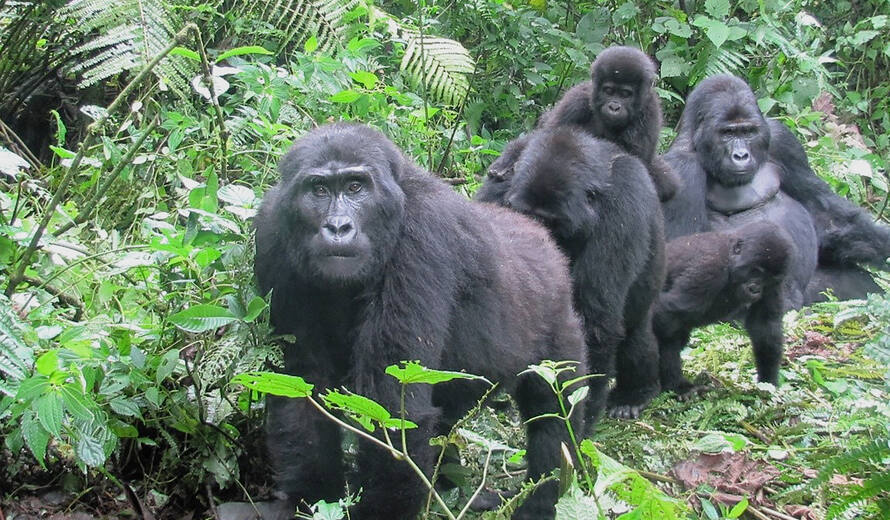|
By: Manya Gupta Located deep in the African forests, enormous mountain gorillas are currently foraging for food. But they may not be doing so for much longer. Unfortunately, thousands of species around the world are endangered, and mountain gorillas are just one of them. Usually, species become endangered for two reasons: habitat loss and/or lack of genetic variation. Habitat loss can occur naturally due to factors such as climate change, but human activity contributes the most to this growing issue. Architectural development and logging are some of the biggest culprits of habitat loss, as they require cleared land and plant removal. Trees and other forms of vegetation also provide essential habitats for organisms, but they are at a loss for food resources, breeding grounds, and shelter when deforestation occurs.
Genetic variation in a species refers to its diversity. Genetic variation increases when members of a population breed with others from outside their close family, and the offspring will then have a completely unique set of genes. Genetic variation can have many benefits, such as being resistant to diseases and adapting to the environment more effectively. But when inbreeding, the process in which organisms breed with those closely related to them, occurs, genetic variation decreases. The genetic variety can also decrease due to human activities like hunting. These elements increase an organism’s vulnerability to several threats, which can lead to them becoming endangered. There are seven categories that members of the International Union for Conservation of Nature (IUCN) classify species in: least concern, near threatened, vulnerable, endangered, critically endangered, extinct in the wild, and extinct. These seven categories make up The Red List. Species that aren’t as threatened are put into the first two categories. The ones that are threatened are placed in the next three categories, depending on how much danger they are in. The species that are extinct in some way, shape, or form are placed in the last two categories—extinct in the wild or extinct. However, species can also be placed in more than one category depending on their location. A species can be vulnerable in one area but be critically endangered in another which is due to population graphics and differences in habitats. So, what are some of the most endangered species? There are many in the world, but here are a few of the most threatened:
Endangered species are essential and add valued diversity to our planet, so please do everything you can to try and save them. A great way to contribute is by donating to the WWF (World Wildlife Fund) which helps save vulnerable species and their habitats. Endangered species make up a huge part of our animal population so protecting them can help balance our ecosystems and improve our environment.
0 Comments
Leave a Reply. |
TUGIWelcome to Seeds for Thought, the TUGI Blog where we will be highlighting incredible stories of environmental activists and change makers, environmental news, and tips to living a more green and sustainable lifestyle. If you are interested in learning more about what we are doing on a monthly basis, subscribe to our TUGI Newsletter. Archives
May 2021
Categories |
TUGI
|
|

 RSS Feed
RSS Feed
